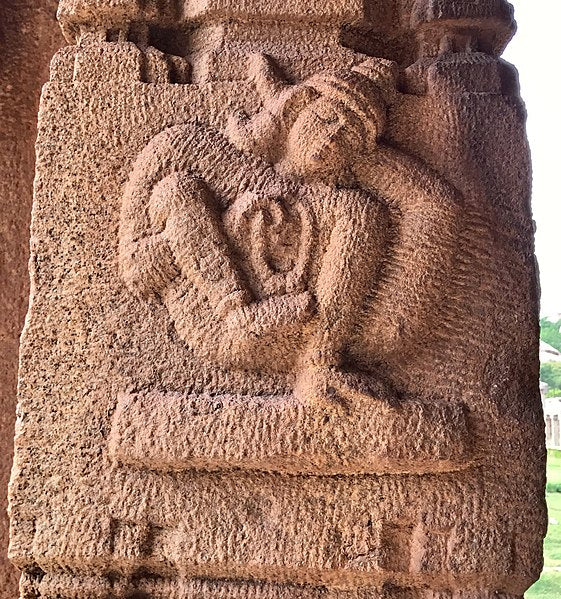
From Pre-Vedic India to Yoga Pants

How Yoga Got from There to Here
Stop us if you’ve heard this one: you put on a coat you haven’t worn in a while, slip your hands into the pockets, and find a $20 bill you apparently forgot about. You’re not very clear on how it ended up there, but you’re probably pretty happy you found it. It’s happened to most of us at least once. Sometimes it meant getting groceries you thought you couldn’t afford. Sometimes it just meant a bonus coffee or two. Either way, it was definitely appreciated.
That’s a little like how we ended up with Yoga. It’s something that’s been around for a long, long, long time, and historians are not entirely sure when it first became a thing. What we do know is that it has been helping shape the culture and philosophies of the Indian people for thousands of years. Now, though, the practice of yoga is benefiting people all around the world.
The question is, how did we (and yoga) get from there to here?
Yoga - As Old as the Bronze Age?
Depending on who you ask, yoga is very old. Like, older than Troy. More conservative estimates place it somewhere between 1500 and 500 BCE (Or BC, whichever you prefer). Either way, it wasn’t necessarily the same yoga we know today. It was an idea, a philosophy, that developed over hundreds and hundreds of years among people in India, growing and changing as different intellectuals weighed in on the topic.
Wherever it started, and whenever it started, it held to some common traits over the centuries. For ancient Indians, it was a religious experience, a methodology used to achieve meditative states of pure awareness. It was a way to commune with the divine, to commune with nature, and to commune with oneself. In other words, it was designed to help people achieve mental and spiritual balance in life.
Definitely Older Than the Roman Empire

If that sounds a lot like tenets of Hinduism and Buddhism to you, you’re not wrong; yoga, as a philosophy and as a practice, was integral to the development of both religions (and Jainism as well). In fact, yoga was developing into a cohesive, definitive philosophy in parallel with these religions, coalescing between 200 BCE (BC) and 500 CE (AD) into something like the mantras and mindfulness we know today.
But How Did Yoga Get Here?
So, how did we get from an ancient philosophy (that rivaled Plato and Confucius) to the most comfortable form of clothing known to womankind and now a wardrobe staple, yoga pants?? It’s due in large part to a single man: Swami Vivekananda. A native Indian and Hindu monk, his travels to the west during the late 1800s and early 1900s introduced Hindu philosophy to intellectuals and academics in the U.S., Canada, and Europe.
 Initially, the west’s interest in yoga was purely philosophical, and since the primary focus of ancient yoga was the ideologies rather than the physical practices, this suited most yoga gurus just fine. As time progressed, though, more and more westerners expressed interest in the physicality of yoga, so gurus began teaching it as a form of fitness and exercise.What Vivekananda didn’t do was introduce westerners to the asanas—the sometimes-simple-sometimes-complex positions that come to mind when we hear the word “yoga.”
Initially, the west’s interest in yoga was purely philosophical, and since the primary focus of ancient yoga was the ideologies rather than the physical practices, this suited most yoga gurus just fine. As time progressed, though, more and more westerners expressed interest in the physicality of yoga, so gurus began teaching it as a form of fitness and exercise.What Vivekananda didn’t do was introduce westerners to the asanas—the sometimes-simple-sometimes-complex positions that come to mind when we hear the word “yoga.”
By the 1920s, people all over the U.S. were getting into yoga as exercise. To help facilitate this, gurus during this period incorporated some principles of gymnastics in order to expand the repertoire of 60 asanas to more than 200. These new asanas were still founded in basic yoga principles but represented the blending of cultures that yoga was achieving.
By the time we reached the turn of the millennium, modern yoga had blossomed into several different systems (such as Hatha, Bikram, and Iyengar), each becoming something of a bridge between Indian ideologies and western sensibilities. In other words, you may not know it, but as you meditate at the end of your yoga session, you’re sharing in the culture and ancient traditions of a people half a world away.


































